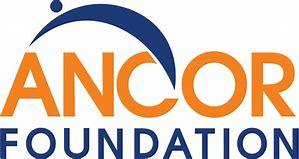2019: Minnesota drops rank in new inclusion report
Access Press 2/10/2019


Stagnant or declining investments in state programs that help individuals with intellectual and developmental disabilities lead more independent and productive lives have resulted in Minnesota dropping from 7th place in 2015 to 21st place today in state rankings, according to the Case for Inclusion. The report is compiled by the ANCOR Foundation and United Cerebral Palsy Association (UCP).
The report, “The Case for Inclusion 2019,” ranks all 50 states and the District of Columbia on how well state programs, primarily Medicaid, serve people with intellectual and developmental disabilities. The states are ranked in five key areas critical to the inclusion, support and empowerment of individuals with intellectual and developmental disabilities and their families. The five areas are promoting independence, promoting productivity, keeping families together, serving those in need, and tracking health, safety and quality of life.
According to the report, the biggest factors affecting Minnesota’s lower rankings were stagnations in key measures, including in the number of people on waiting lists to receive residential Home and Community-Based Services (3,564, compared to 3,575 in the 2016 Case for Inclusion report) and the percentage of residents with intellectual and developmental disabilities receiving Medicaid-funded services (92 percent—virtually unchanged from the 2016 report). Minnesota’s particularly challenging workforce conditions and volatile public policy landscape drove poorer performance as compared to other states.
A bright spot is that Minnesota joins 13 others plus the District of Columbia in having eliminated all large, state-run institutions. But at the same time, the state has lagged behind in moving people into increasingly “home-like” settings with three or fewer people living together.
The state has a great deal of room for progress in the area of promoting productivity. Only nine percent of working-age residents with intellectual and developmental disabilities in Minnesota worked in competitive employment jobs, meaning they worked alongside individuals without disabilities and at market-driven wages. This rate is less than half the national average of 19 percent.
The full The Case for Inclusion Report 2019, along with scorecards for each state and additional resources, can be downloaded.

